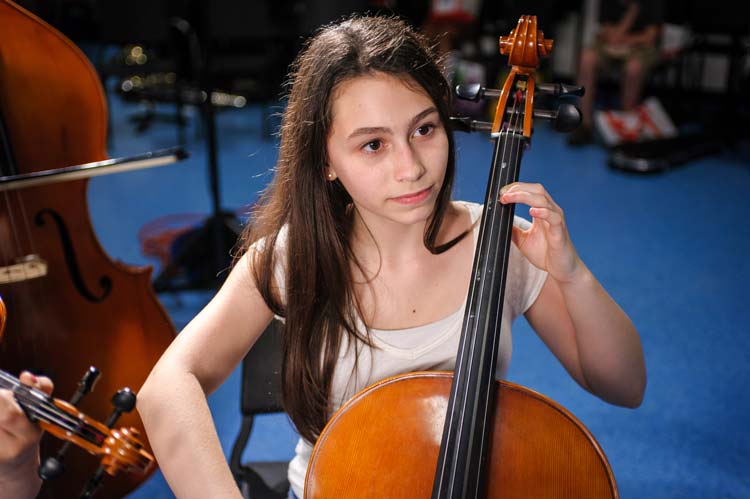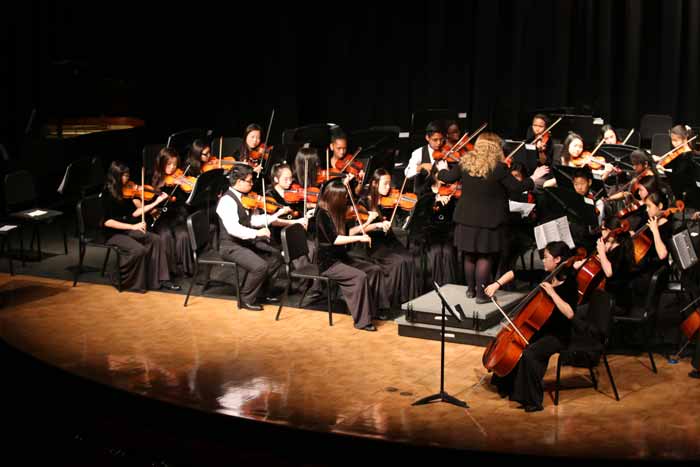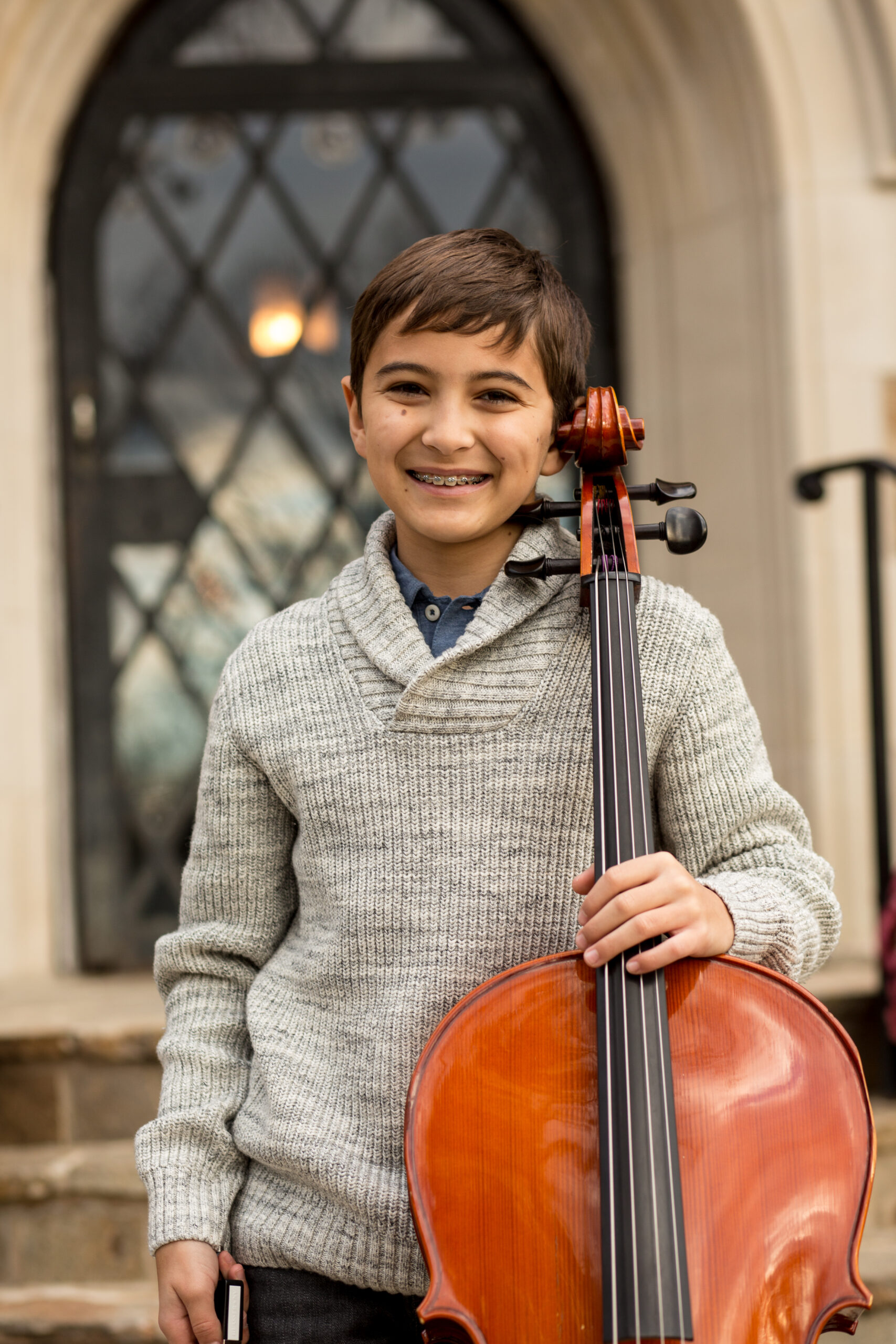July 31, 2015
Cello Buying Guide


Choosing the correct cello can be a difficult task, especially since it’s the second largest instrument in the string family. Consisting of four strings that produce tones an octave lower than the viola, the cello is an essential part of any symphony or orchestra. Although the instrument is typically reserved for classical or symphonic music, some metal groups use the cello by adding a pickup to electrify the instrument’s sound. Regardless of the genre, here are a few things to pay attention to when purchasing a cello for your child.
Cello Categories
Before you start browsing for a brand new cello, it’s best to find the category that best matches the skill level of your child. In most cases, cellos are categorized into the following: student cellos, intermediate cellos, and professional cellos. Student cellos are designed for beginners and, since they’re machine-made and not handcrafted using the finest quality wood, they’ll fit into virtually any budget, making student cellos a great option for players still in the early developmental stage. Intermediate cellos are intended for those who are a bit more dedicated to the craft, as the higher-quality wood and craftsmanship raises the price considerably. Finally, professional cellos are reserved for those who may play the cello professionally.
String Type
As with guitars, there are two types of cello strings: nylon and steel, each with their own unique advantages. When students choose a nylon-stringed instrument, they tend to be focused on string durability and finger comfort. Nylon strings will resist breakage while maintaining enough flexibility to provide comfort throughout the learning process. If your child has played guitar in the past and complained about blisters on their fingers, nylon strings are a great option. Steel-stringed instruments, on the other hand, are usually chosen once the student has learned the basics, as steel-stringed cellos are more difficult to play but produce a faster bow response and louder volume than their nylon string alternatives.
Pay Attention to Materials
Once you begin shopping for a cello, you should check the materials. The top portion should be made from spruce wood and, for enhanced beauty and stability, maple should be used on the sides, back, and neck. If you’re shopping online and can’t handle the cello yourself, contact the seller or manufacturer for more information about the materials used to manufacture the cello. Additionally, the endpin should be adjustable and, if the tuning pegs are ebony, then the cello may be more valuable than other cellos on the market. A few other woods can be used to manufacture a cello, including rosewood and boxwood.
Choose the Right Size
Although the cello is the second largest instrument in the string family, they’re available in a variety of sizes guaranteed to fit the size of the cellist. In most cases, those who are taller than 5 feet will be able to use a full-sized cello. If your child is under 5 feet tall, there are smaller sizes available. Many would agree that cellists from four-and-a-half feet to five feet would feel comfortable with a ¾ size cello, and anyone smaller would be fine with a ½ size cello. If your child falls in the middle of these size outlines, they’ll feel more comfortable with the smaller size. If you purchase your cello online, and the store allows returns, you may want to purchase two different sized cellos and have your child try them out in person.


Get a Good Bow
When cellists are in the market for a classic bow they look for one that’s made out of Brazilwood or pernambuco. Although both come from the same tree, pernambuco wood is of higher quality as the wood comes from the heart of the tree. Bows manufactured from more affordable materials include those made from fiberglass or carbon fiber. No matter the type of bow you choose, make sure that it fits into your budget and that your child is comfortable while holding the bow in their hands.
Don’t Forget the Accessories
As with virtually any other instrument, purchasing the proper cello accessories is crucial, as they’ll protect the cello from damage and improve the overall sound. Common cello accessories include cello stands, padded cello bags, and endpin rests. The stand and bag are especially important, as they’ll protect the cello from damage- something your child is bound to do if this effort isn’t made. While you’re at it, purchase an extra set of strings. Although cello strings don’t need to be replaced as often as guitar strings, it won’t hurt to have a spare set ready for when they do.
Think you’d prefer to rent a cello for a while? Check out our Cello Rental Guide.
Want more info about the cello? Check out this video:






